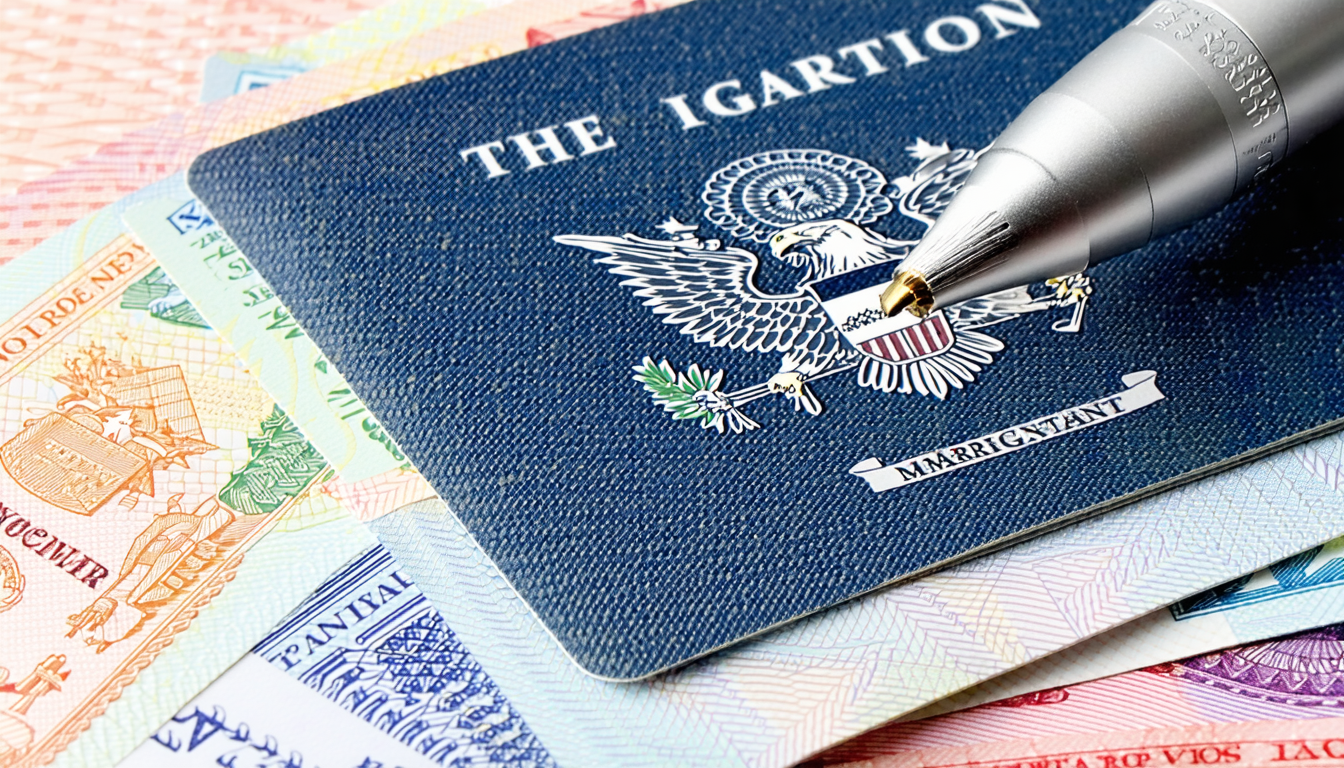A dramatic rise in visa applications and immigration is transforming the United States’ policy landscape, with new data revealing record-breaking numbers for 2024. Federal agencies are responding to surging demand at embassies, consulates, and border entry points nationwide. The trend is prompting urgent debates among lawmakers, business leaders, and advocacy groups about economic growth, workforce needs, national security concerns, and humanitarian responsibilities.
Record Numbers Drive Policy Shifts
The Department of State reported a 22% increase in visa applications during the first half of 2024 compared to last year. U.S. Citizenship and Immigration Services (USCIS) also noted a sharp uptick in employment-based petitions as companies seek skilled workers amid ongoing labor shortages.
According to immigration attorney Maria Lopez: “We’re seeing unprecedented interest from both individuals seeking opportunity here and employers desperate for talent.” She added that processing times have lengthened despite recent investments in digital infrastructure.
Key statistics include:
- Over 7 million nonimmigrant visa applications filed between January and May.
- Family-sponsored green card requests up by nearly 18%.
- Asylum claims at southern border crossings reaching monthly highs not seen since early 2022.
These figures reflect global instability as well as renewed confidence in the U.S. economy post-pandemic.
Economic Impact of Increased Visa Applications
Business leaders argue that robust immigration supports innovation and fills critical gaps across technology, healthcare, agriculture, hospitality, and construction sectors. The National Association of Manufacturers estimates that foreign-born workers now comprise over one-sixth of the American workforce—a figure expected to grow if current trends continue.
“Immigration remains essential for our competitiveness,” said John Mitchell from the Chamber of Commerce. “Without timely access to international talent through streamlined visa processes or expanded quotas for high-demand fields like STEM or nursing—our recovery will stall.”
However, critics warn about potential strains on public services such as schools or housing markets if local infrastructure fails to keep pace with population growth.
Security Concerns Prompt Stricter Screening
With rising numbers come heightened security measures at ports-of-entry nationwide. Customs officials have implemented advanced biometric screening technologies while expanding background checks on applicants from countries deemed high-risk by intelligence agencies.
Homeland Security spokesperson Rachel Kim emphasized: “Our priority is balancing openness with vigilance—ensuring legitimate travelers can enter efficiently while protecting against threats.”
Recent reforms include:
- Mandatory interviews for most first-time applicants.
- Enhanced document verification protocols.
- Closer coordination between federal law enforcement agencies on vetting procedures.
These steps aim to reassure Americans concerned about border management without undermining legal pathways into the country.
Humanitarian Considerations Remain Central
Beyond economics or security lies an urgent humanitarian dimension—especially regarding refugees fleeing conflict zones or natural disasters abroad. The Biden administration recently raised annual refugee admissions caps after years of historic lows but faces pressure from both sides: advocates urge further expansion; opponents cite resource constraints at state levels struggling with resettlement logistics.
Immigration policy analyst Dr. Priya Singh observed: “America’s identity has always been shaped by newcomers seeking safety or freedom—but today’s realities demand pragmatic solutions alongside compassion.”
Efforts underway include increased funding for legal aid organizations assisting asylum seekers plus pilot programs aimed at integrating new arrivals into local communities more rapidly through language training or job placement support services.
Future Outlook: Reform Debates Intensify
As Congress prepares for another round of legislative negotiations this summer over comprehensive reform bills addressing visa applications and immigration backlogs—the stakes remain high politically as well as economically ahead of November’s elections:
Key proposals under discussion involve:
- Raising annual caps on H1-B visas targeting tech professionals.
- Streamlining family reunification processes via digital platforms.
- Expanding temporary protected status (TPS) designations amid global crises.
- Investing further in border technology upgrades without reducing lawful entry slots.
- Creating clearer pathways toward permanent residency based on merit criteria tied directly to labor market needs rather than arbitrary quotas alone.
Lawmakers face mounting pressure from constituents divided along ideological lines—with some demanding stricter controls while others call for greater inclusivity reflecting America’s founding values.
Frequently Asked Questions (FAQ)
What is driving the surge in U.S visa applications?
Global instability—including conflicts abroad—and renewed economic opportunities post-pandemic are major factors behind increased interest among prospective immigrants worldwide.
How does this impact American businesses?
Many industries rely heavily on foreign-born workers; delays or restrictions can exacerbate labor shortages affecting productivity across sectors like healthcare technology agriculture hospitality construction etc.
Are there risks associated with higher immigration levels?
While benefits exist concerns persist around national security resource allocation integration challenges especially when local infrastructure lags behind demographic changes.
What changes has the government made recently?
Federal agencies have invested heavily in digitizing application systems tightening screening protocols increasing transparency around processing timelines expanding support services where needed most urgently
Will comprehensive reform pass soon?
Debate continues within Congress but bipartisan consensus remains elusive given competing priorities heading into election season though incremental improvements appear likely before year-end
The evolving landscape surrounding visa applications and immigration will remain central throughout 2024 shaping America’s economy society politics—and its role globally—as policymakers balance opportunity responsibility risk resilience moving forward



